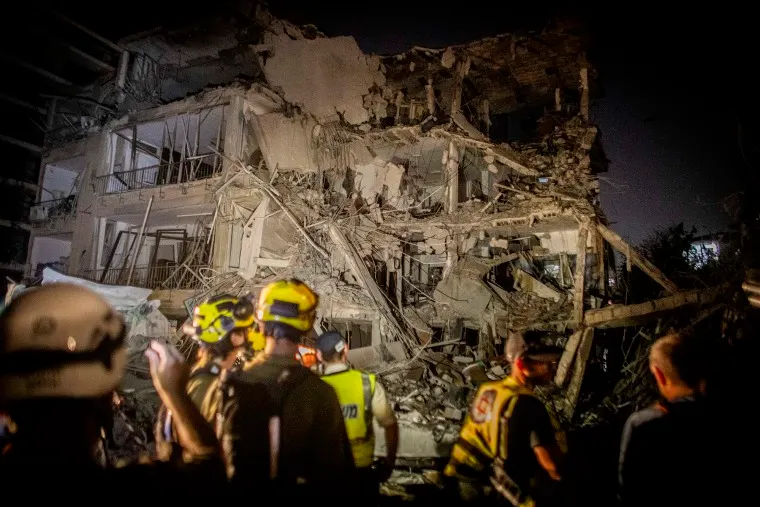In a major escalation of Middle East tensions, Iran has launched its most powerful ballistic missile, the Khorramshahr-4, against Israel. The move came hours after US bomber jets targeted three Iranian nuclear facilities, which Washington claims were central to Iran’s nuclear weapons development.
According to Iranian state television, the Khorramshahr-4 missile, known for its 2,000-km range and 1,500-kg warhead capacity, was used in today’s retaliatory strike. While the footage aired appears to be archival, Iranian media insists this missile was part of the offensive.
In Loving Memory of Debra Apostol: A Heartfelt Loss for the Billy Strings Family
Over 40 Missiles Launched by Iran’s IRGC
Iran’s Islamic Revolutionary Guard Corps (IRGC) confirmed the launch of at least 40 missiles, including the Khorramshahr-4, as a direct response to the US airstrikes. The missile is also referred to as Kheibar, a name referencing a historic fortress captured in the 7th century, symbolic of Iran’s ideological stance.
Civilian Casualties and Property Damage in Tel Aviv
Emergency services report at least 11 injuries following the Iranian missile barrage. Northern Tel Aviv, a densely populated urban area, was among the hardest hit. Strikes impacted:
- A shopping center
- A local bank
- A hair salon
Broken storefronts, shattered glass, and significant structural damage were seen in the aftermath. Residents described the attack as sudden and terrifying. One local told NDTV,
“My first-floor home was completely destroyed. I survived only because I was at my mother’s place.”
Israeli Emergency Response Underway
Israeli security and rescue teams swiftly responded, cordoning off damaged areas. Earthmovers and cranes were deployed to clear rubble from impacted streets. Police have urged residents to stay indoors and follow emergency alerts as security remains on high alert across major cities.
Background: The Khorramshahr-4 Missile
The Khorramshahr-4, named after a city known for its resistance during the 1980s Iran-Iraq war, is Iran’s most advanced long-range ballistic missile. Capable of carrying multiple warheads, its deployment signifies a serious escalation in regional military capabilities.
What’s Next?
This latest development marks one of the most direct confrontations between Iran and Israel in recent years, with the US firmly involved. Analysts are concerned about the possibility of a wider conflict in the region.
The international community, including the UN and NATO, is closely monitoring the situation, calling for restraint and urgent diplomatic dialogue to avoid further escalation.
Conclusion
As tensions soar across the Middle East, the use of high-powered ballistic missiles by Iran in response to US military action has drawn global attention. Civilians continue to bear the brunt of this unfolding conflict, and calls for de-escalation grow louder as fears of a full-scale regional war mount.

